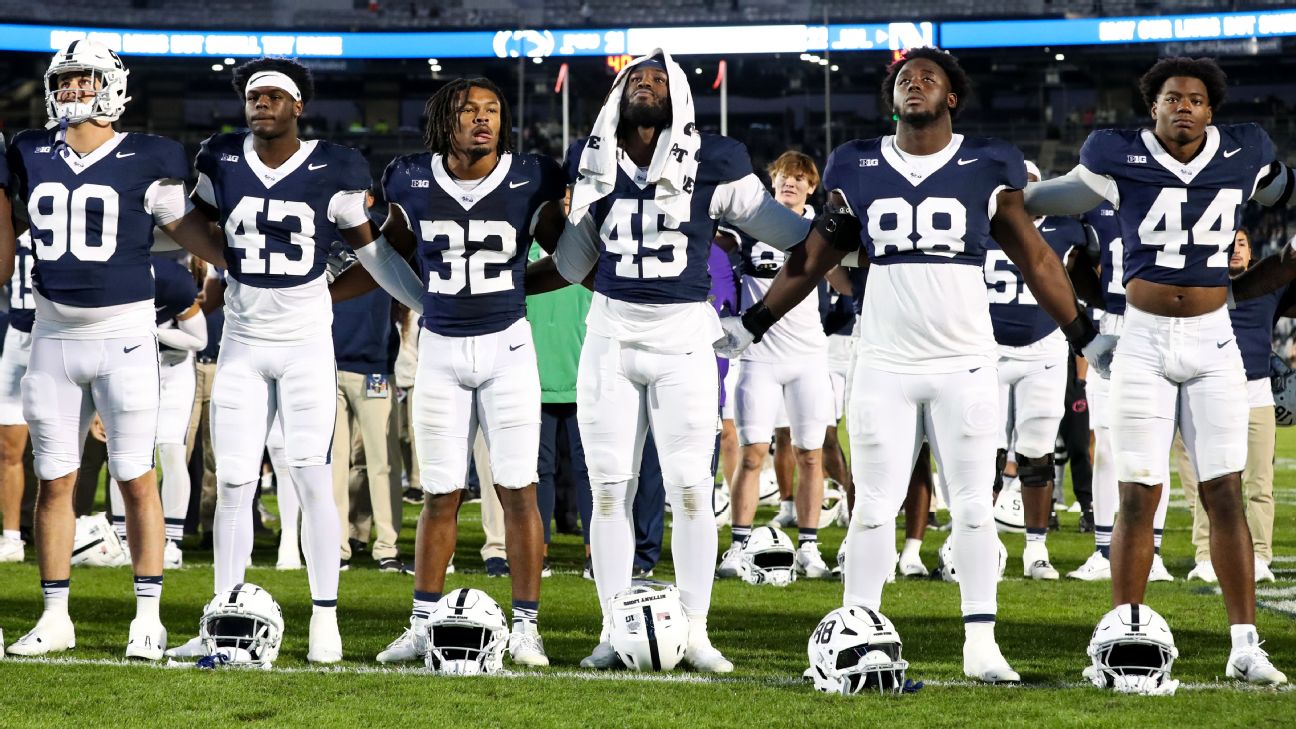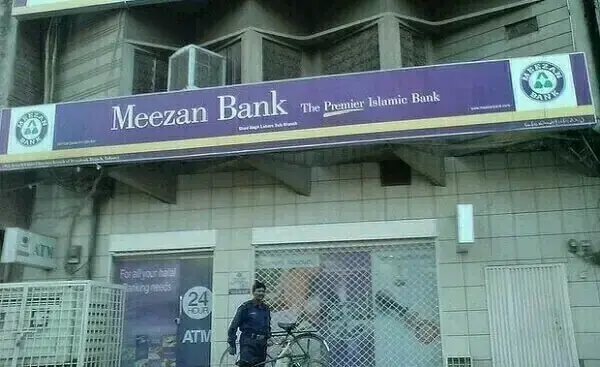Copyright Reading Eagle
![Pa. Turnpike toll transition continues legacy of innovation [opinion]](https://d2731bbzmt3wpb.cloudfront.net/news/image/us-west-2:25d97050-7aa7-43a6-a623-8fb02e6af97e/20251030/f15fa885a7d2425086f374742efa72f7.jpg)
For information on submitting an obituary, please contact Reading Eagle by phone at 610-371-5018, or email at obituaries@readingeagle.com or fax at 610-371-5193. Most obituaries published in the Reading Eagle are submitted through funeral homes and cremation services, but we will accept submissions from families. Obituaries can be emailed to obituaries@readingeagle.com. In addition to the text of the obituary, any photographs that you wish to include can be attached to this email. Please put the text of the obituary in a Word document, a Google document or in the body of the email. The Reading Eagle also requires a way to verify the death, so please include either the phone number of the funeral home or cremation service that is in charge of the deceased's care or a photo of his/her death certificate. We also request that your full name, phone number and address are all included in this email. All payments by families must be made with a credit card. We will send a proof of the completed obituary before we require payment. The obituary cannot run, however, until we receive payment in full. Obituaries can be submitted for any future date, but they must be received no later than 3:00 p.m. the day prior to its running for it to be published. Please call the obituary desk, at 610-371-5018, for information on pricing. By Brad Heigel Chief Engineer, Pennsylvania Turnpike Commission The Pennsylvania Turnpike has been a significant part of our country’s history. Dubbed “America’s first superhighway” when it opened in 1940, the turnpike transformed America’s perception of time and transportation. Much has changed in the intervening decades. We’ve added more than 400 roadway miles, built bridges where none existed and connected rural communities to critical infrastructure. Yet we continue to undergo an innovative and historic transformation with the implementation of Open Road Tolling (ORT), a significant shift for our customers as part of the turnpike’s decade-long journey to modernize an 85-year-old roadway for 21st-century travel. For travelers, the changes are visible. Where ORT is live — east of the Reading interchange and along the entire Northeast Extension — the project’s next phase is toll booth removal. Those passing through the Poconos interchange, for example, have seen that the toll booths and canopies have been eliminated, making sight lines clearer. The interchanges will soon be reconstructed to provide a more natural traffic flow. Recently, we publicly shared what these interchanges will look like with the public. For many travelers, the removal of these iconic toll booths is a notable difference. That configuration has been in place since the turnpike opened as one of the first long-distance, limited access highways in the U.S. The original booths and related artifacts have been ingrained in the highway’s history and are part of the permanent collections of the Smithsonian Institution in Washington, Pennsylvania State Museum in Harrisburg and Heinz History Center in Pittsburgh. We also celebrate the dedication and service of the many toll booth workers who played a vital role in keeping our roadways running safely and efficiently. However, increasing safety requirements, customer demand, emerging technology and regional tolling standards require the turnpike to evolve. In the central and western parts of the state, drivers are seeing gantry construction, which is underway as we prepare to support ORT’s system-wide launch in 2027. These overhead structures will be located between all interchanges. Equipment on the gantry and in the roadway classifies and identifies vehicles and electronically processes tolls, allowing drivers to have their toll recorded without their vehicle having to slow down or stop. Through all these changes, we’ve pursued one goal: Providing a safe and valued roadway that supports national mobility and commerce. The benefits of ORT are significant. Removing toll booths improves safety by eliminating lane obstructions and reducing driver errors and crash rates. Built at a fraction of the cost and land requirements of traditional toll plazas, ORT puts turnpike access within reach for more communities, supporting economic development. More than 200 facilities (roads, bridges and tunnels) across 23 states use electronic toll collection, according to the International Bridge, Tunnel and Tolling Association, highlighting the technology’s emergence as the national standard. And with 86% of turnpike users choosing E-ZPass accounts, there’s a clear customer preference, too. The historic changes happening along the system open new possibilities for the customers we serve. Despite being an 85-year-old roadway, the turnpike is still in growth mode — proving that age is no barrier to innovation. This legacy fuels our future, and we remain dedicated to providing a safer, more efficient and customer-friendly experience.



